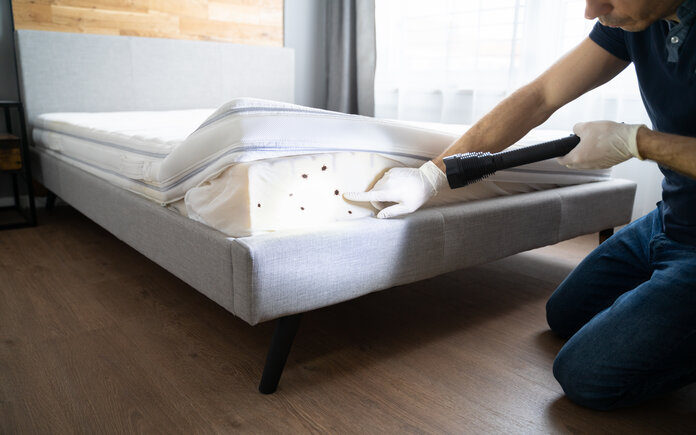Bed bugs are the last kind of infestation most people want to deal with, but getting a positive identification is crucial to treating the problem. People frequently take to the internet to ask “is this a bed bug”?
Visually identifying a bed bug is usually an easy task for those familiar with them. Bed bugs are typically a reddish-brown color, have 6 legs, 2 small antennae, and most often a flat, circular body. Their bodies can also be more like an oval though depending on how recently they have fed and can also appear more of a white/clear color depending on where they are in their lifecycle.
To help you identify what bed bugs look like, here’s a list of 100 photos of bed bugs. Know you have bed bugs? Check out our guide to getting rid of bed bugs.
1.

2.

3.

4.

5.

6.

7.

8.

9.

10.

11.

12.

13.

14.

15.

16.

17.

19.

20.

21.

22.

23.

24.

25.

26.

27.

28.

29.

30.

31.

32.

33.

34.

35.

36.

37.

38.

39.

40.

41.

42.

43.

44.

45.

46.

47.

48.

49.

50.

51.

52.

53.

54.

55.

56.

57.

58.

59.

60.

61.

62.

63.

64.

65.

66.

67.

68.

69.

70.

71.

72.

73.

74.

75.

76.

77.

78.

79.

80.

81.

82.

83.

84.

85.

86.

87.

88.

89.

90.

91.

92.

93.

94.

95.

96.

97.

98.

99.

100.

Please also take the time to look at our guides for the best steamers for bed bugs and the best vacuums for bed bugs.










